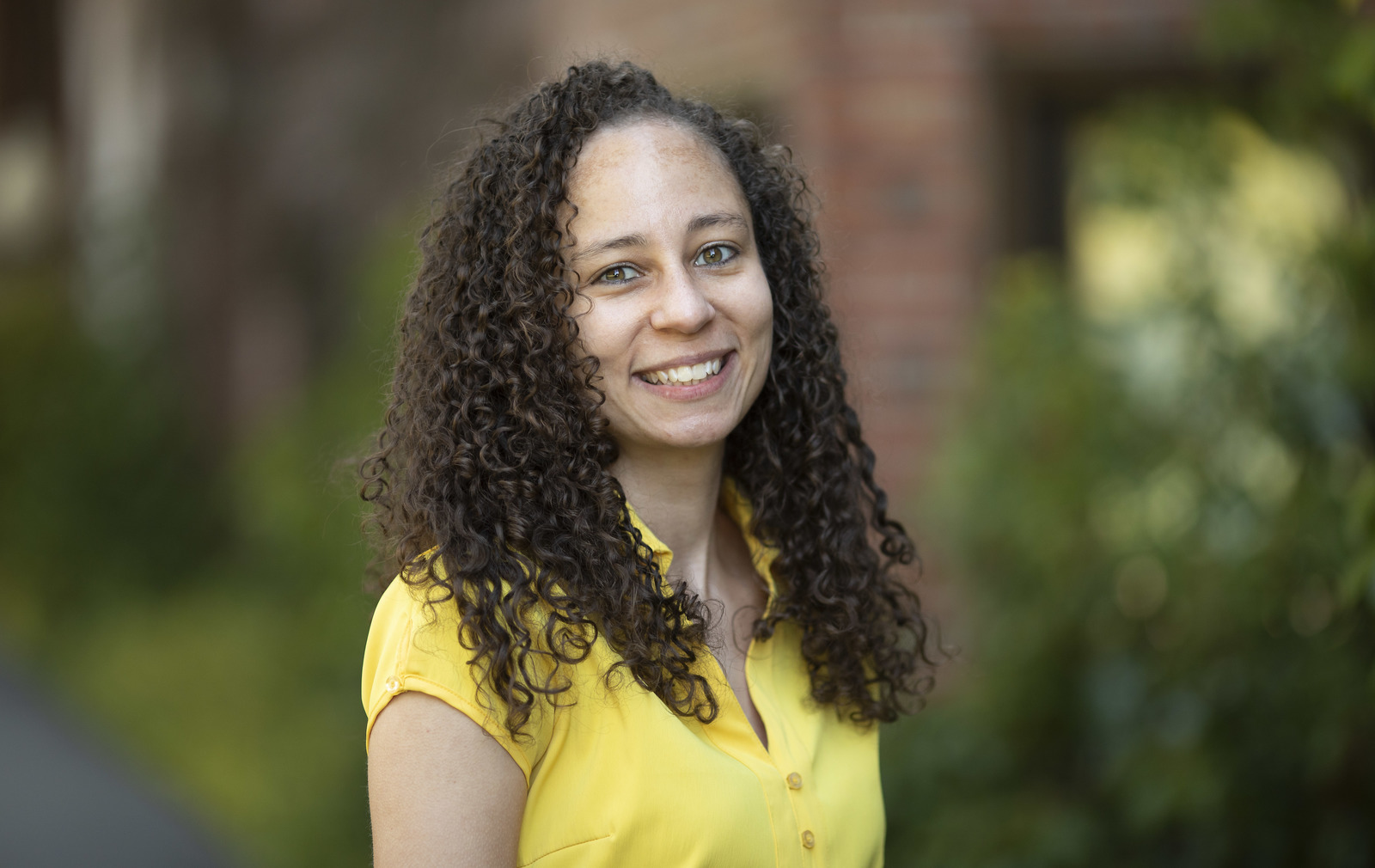Q: What can research into animal cognition teach us about ourselves and our place in the natural world?
A: Studying other species can tell us a lot about human behavior. One of the questions I was asking when I was working with African Grey parrots was about the origins of language and how it evolved in humans. There are certain areas of human brains that are associated with language, and you can see similar structures in the brains of other species, depending on how recently we diverged. We can learn how humans got where we are by looking at our common ancestors and our not-so-recent evolutionary cousins. For instance, a parrot brain is totally different from ours, but they require another parrot to teach them their communication system, just like we require another human to teach us language. Animal cognition can help us understand how qualitatively or quantitatively different we are to other species, and I’ve always found that fascinating.
Q: What are the Rat Olympics?
A: I teach a course where we learn about what motivates behavior and the principles underlying learning. We look at classical conditioning, we look at operant conditioning, and we look at social and observational learning. In the lab portion of the class, the students have a lab rat that they are tasked with caring for, and they get to pick a behavior to train their rat to do. It can be teaching it to play fetch, or run an obstacle course, or training it to put tiny donuts and hamburgers into a tiny shopping cart. You name it, and rats can probably do it. At the end of the semester, everybody shows off their rat’s new skill. It's an opportunity for the students to showcase what they’ve learned and all the hard work that they (and the rats) have put in.
Q: This summer, you’ll be starting a new position as director of the Faculty Development Center. What are you looking forward to as you start this role?
A: This has never existed before, so I’m looking forward to getting into the trenches and figuring out what our faculty need with regard to professional development. With the Faculty Development Center, we’re going to dust ourselves off as professionals and as teachers. I know I need that after this past year. I feel honored to help coordinate that and help our faculty who want to start working on a manuscript, or launch a new project, or revamp their courses. Coming out of the pandemic, we’re in a perfect place to ask, “what kind of teacher do I want to be and what is the next step in my scholarship?” I'm super stoked to have the honor of being the first person to start that process.
Q: You’re the co-creator and current faculty advisor for Visible Spectrum. What does that student organization do?
A: The mission of Visible Spectrum is to assist with the recruitment and retention of students of color in STEM. Professor America Chambers in the computer science department and I started it as a research symposium where we showcased work being done by faculty and students of color at Puget Sound, and from there it morphed into an ASUPS club. We meet once a week, we bring speakers to campus to talk about being a person of color in the workforce, we have study hours and social events, and we try to build a community so that students don’t feel alone. We’re always trying to find ways to make students and faculty of color more visible—hence the name—on campus, in general, and in the sciences, specifically.
Q: Tell me about your life beyond campus. How do you spend your time when you’re not in the classroom?
A: I recently took up working out, which I never thought I would do. I have a trainer because I hate exercising and I find the peer pressure really helpful. I’ve gotten really into weight training and, thanks to COVID-19, I spent spring semester lifting weights in my office three times a week. I’m also listening to a lot of audiobooks. Right now, I’m listening to the book Behave by Robert Sapolsky, and I highly recommend it.

